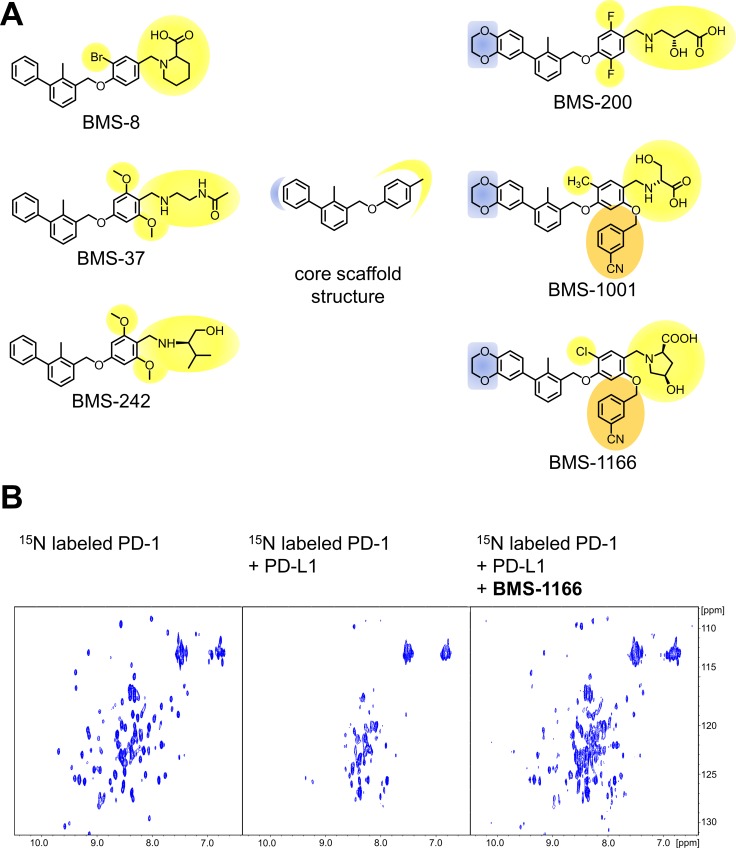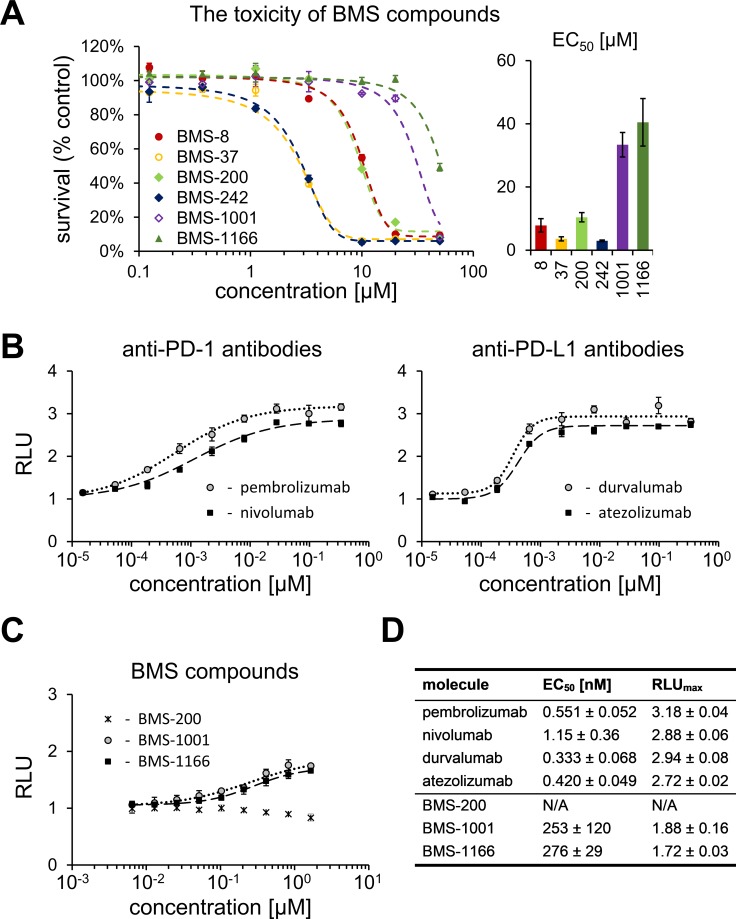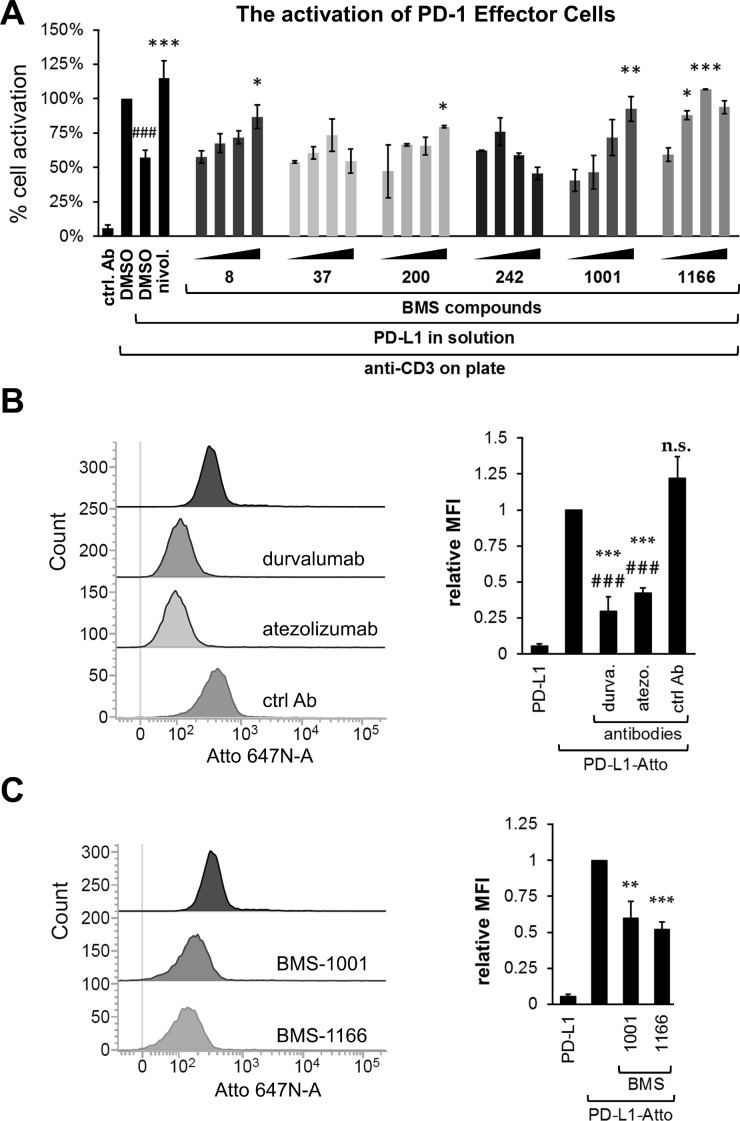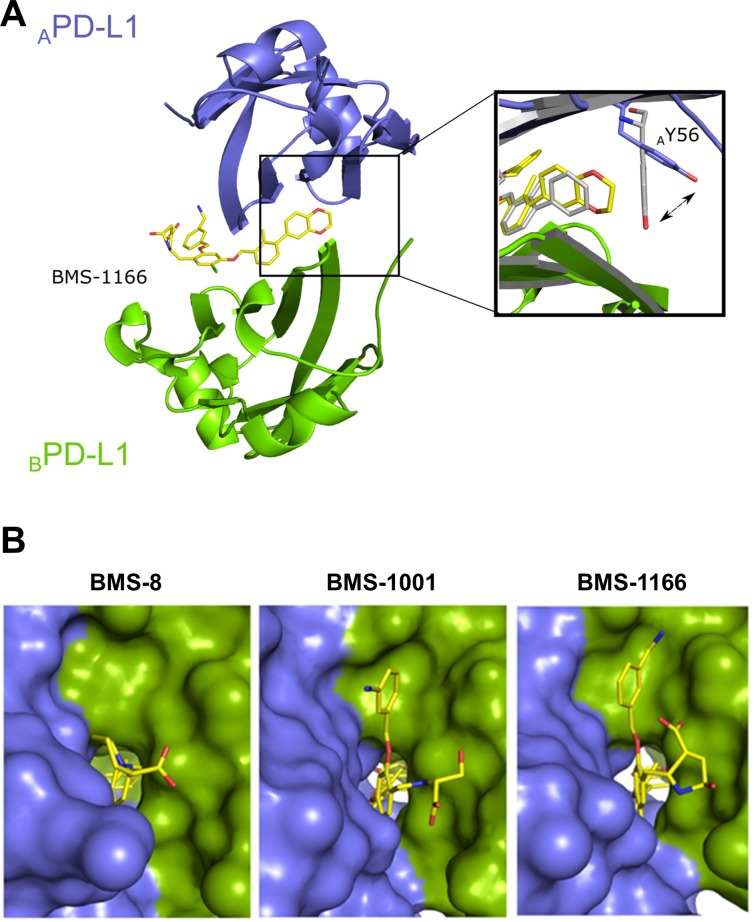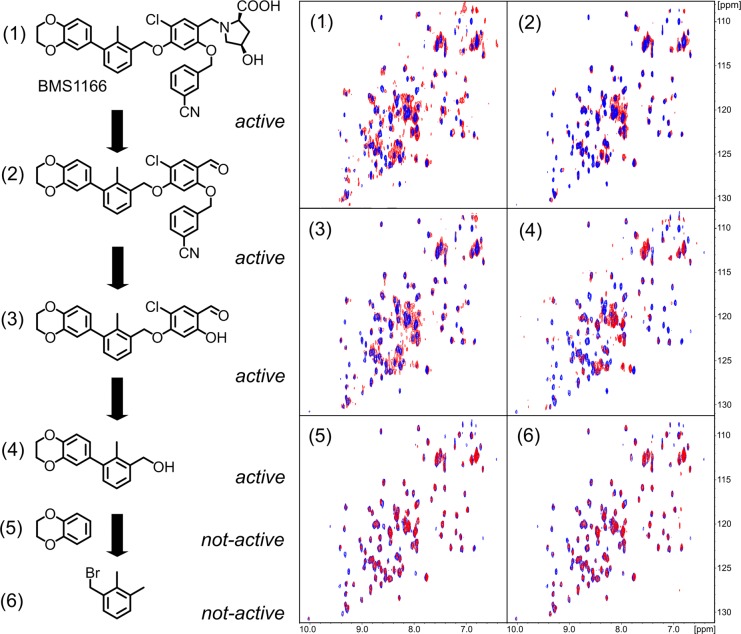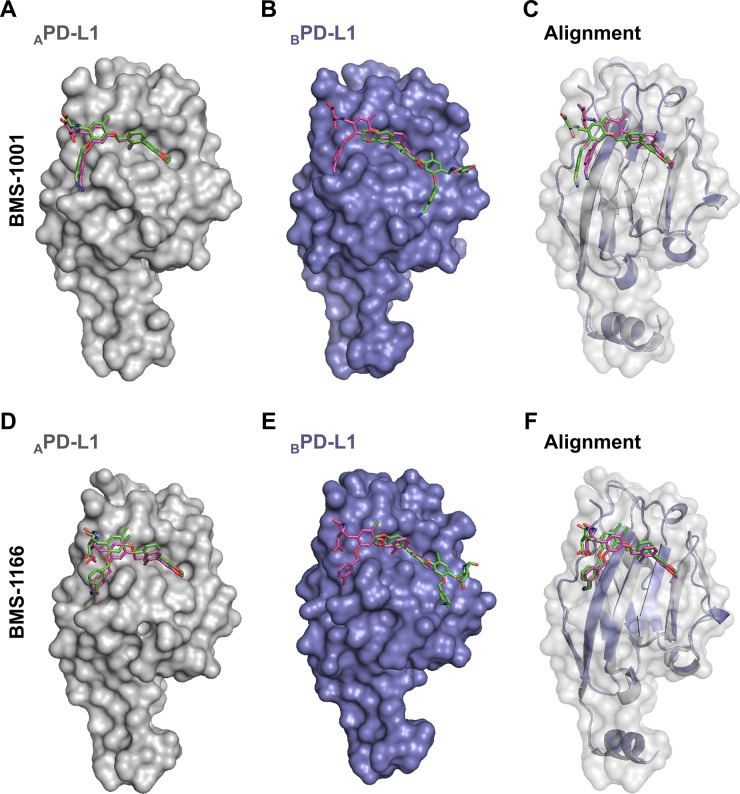This product is for research use only, not for human use. We do not sell to patients.
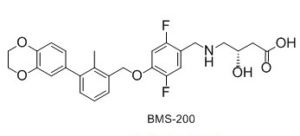
| Size | Price |
|---|---|
| 250mg | Get quote |
| 500mg | Get quote |
| 1g | Get quote |
Cat #: V3678 CAS #: 1675203-82-3 Purity ≥ 98%
Description: BMS-200 is a novel and potent small molecule inhibitor of the PD-1/PD-L1 protein protein interaction with IC50 value of 80 nM in cell free assays. It was first discovered by Bristol-Myers Squibb. Blockade of the PD-1/PD-L1 immune checkpoint pathway with monoclonal antibodies has provided significant advances in cancer treatment. The antibody-based immunotherapies carry a number of disadvantages such as the high cost of the antibodies, their limited half-life, and immunogenicity. Development of small-molecule PD-1/PD-L1 inhibitors that could overcome these drawbacks is slow because of the incomplete structural information for this pathway. The first chemical PD-1/PD-L1 inhibitors, BMS-1001 and its analogs, have been recently disclosed by Bristol-Myers Squibb.
Publications Citing InvivoChem Products
Product Promise

- Physicochemical and Storage Information
- Protocol
- Related Biological Data
- Stock Solution Preparation
- Quality Control Documentation
| Molecular Weight (MW) | 499.51 |
|---|---|
| Molecular Formula | C27H27F2NO5 |
| CAS No. | 1675203-82-3 |
| Storage | -20℃ for 3 years in powder form |
| -80℃ for 2 years in solvent | |
| Solubility In Vitro | DMSO: 10mM |
| Water: N/A | |
| Ethanol: N/A | |
| Synonyms | BMS-200; BMS 200; BMS200 |
| Protocol | In Vitro | In vitro activity: BMS-1001 is a novel and potent small molecule inhibitor of the PD-1/PD-L1 protein protein interaction with IC50 value of 2.25 nM in cell free assays. Kinase Assay: BMS disclosed recently the first nonpeptidic small molecule inhibitors against the PD-1/PD-L1 pathway that showed the activity in a homogeneous time-resolved fluorescence (HTRF) binding assay; however no further data supporting their activity were provided. Cell Assay: |
|---|
| Solvent volume to be added | Mass (the weight of a compound) | |||
|---|---|---|---|---|
| Mother liquor concentration | 1mg | 5mg | 10mg | 20mg |
| 1mM | 2.0020 mL | 10.0098 mL | 20.0196 mL | 40.0392 mL |
| 5mM | 0.4004 mL | 2.0020 mL | 4.0039 mL | 8.0078 mL |
| 10mM | 0.2002 mL | 1.0010 mL | 2.0020 mL | 4.0039 mL |
| 20mM | 0.1001 mL | 0.5005 mL | 1.0010 mL | 2.0020 mL |
This equation is commonly abbreviated as: C1 V1 = C2 V2
- (1) Please be sure that the solution is clear before the addition of next solvent. Dissolution methods like vortex, ultrasound or warming and heat may be used to aid dissolving.
- (2) Be sure to add the solvent(s) in order.





































